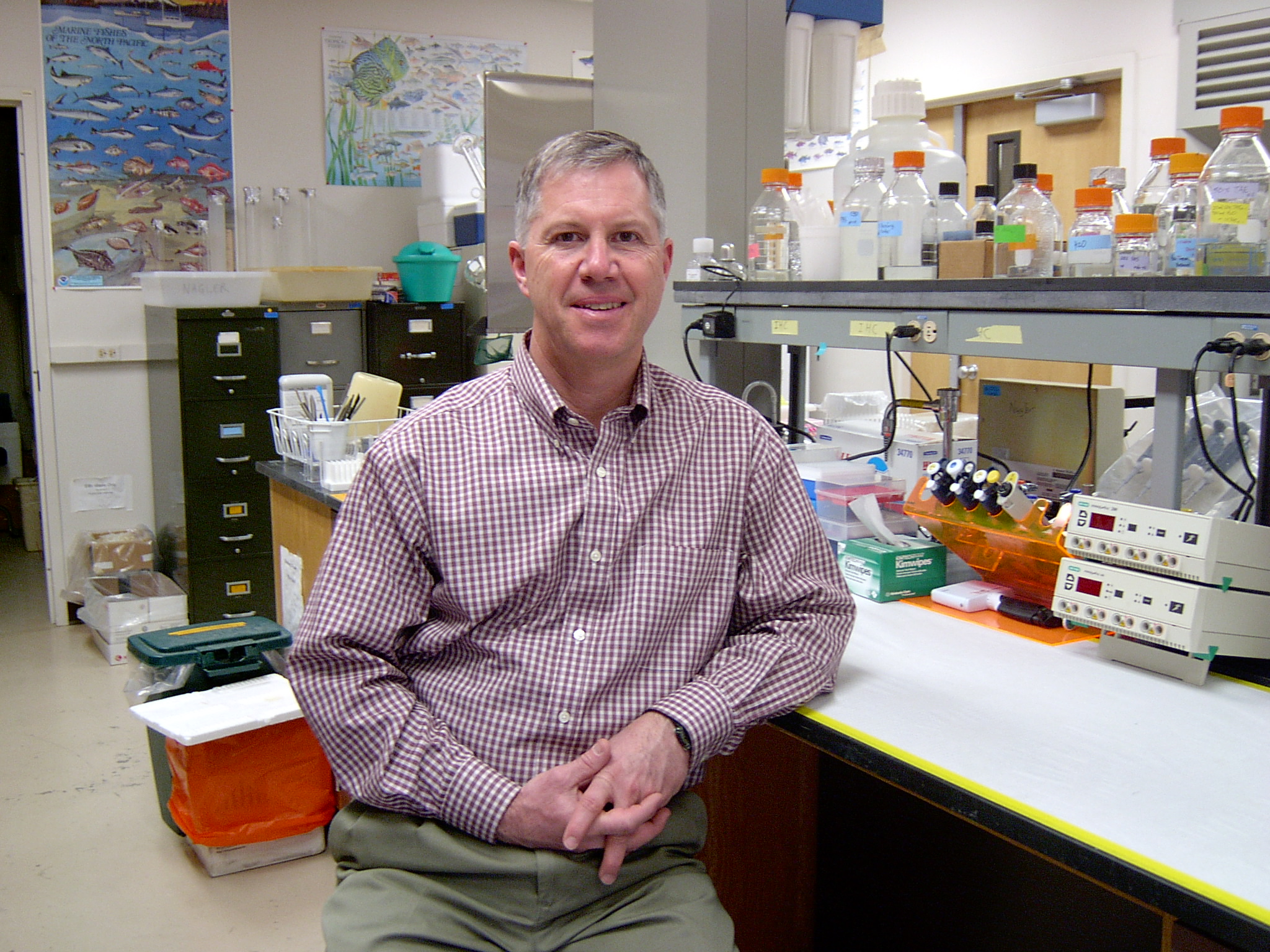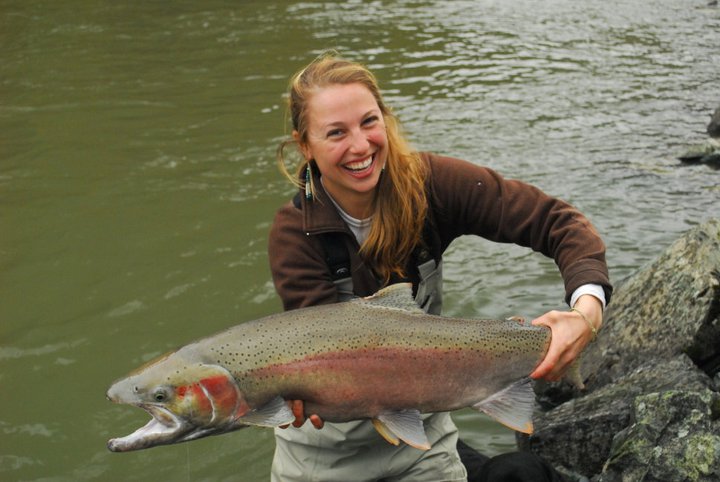Primary Investigator |
|
 |
Dr. James J. Nagler Professor Life Sciences South 252 (208) 885-6280 jamesn@uidaho.edu Dr. Nagler is Professor of Zoology at the University of Idaho and Department Chair of Biological Sciences. He is a member of the Washington State University/University of Idaho Center for Reproductive Biology. |
Research Scientist |
|
 |
Dr. Tim Cavileer Gibb Hall, Room 225 tcavi@uidaho.edu I'm leading a project to develop a genetic sex-determining method for Chinook salmon. I also provide laboratory support for the EPA-STAR project and the CRITFC partnership. |
Postdoctorate |
|
 |
Dr. Lea R. Medeiros Postdoctoral Research Associate Gibb Hall, Room 223 lmedeiros@uidaho.edu Lea's website The rainbow trout (Oncorhynchus mykiss) has been farmed for several hundred years and as such many production aspects are highly efficient using the current well-established practices. However, even with all that is known about the life history of rainbow trout, research at one of the world's leading rainbow trout broodstock facilities showed that ~13% of females produce sub-fertile eggs, significantly decreasing expected production rates and thus revenue. The overall objective of my project is to investigate the role of the stress hormone cortisol in sub-fertility using a whole-animal approach that investigates both the maternal hormone profile as well as embryonic viability. |
Graduate students |
|
 |
Laura Jenkins PhD Candidate Gibb Hall, Room 230 ljenkins@uidaho.edu I am investigating the role of energy in the evolution of alternate reproductive life history tactics using a post-spawn steelhead (Oncorhynchus mykiss) model. First, I will determine maturation status and energy levels of mature upstream migrating steelhead, then of the divergent post-spawn life histories (consecutive spawning and skip spawning), and finally, determine the relative reproductive performance of females of each post-spawn life history, as compared to that of their initial spawning event. The conservation application of this research is to investigate the potential benefit of kelt reconditioning as an ESA-threathened steelhead population recovery method. |
|
|
|
 |
Chris Trahan MS Student Gibb Hall, Room 235 trah2942@vanadals.uidaho.edu I am exploring the function of fish estrogen receptors (ER), using a reverse gene function approach, where one or more genes are disrupted to explore functions. Investigating gene duplicates (paralogs) is critical to broadly understanding the evolutionary processes surrounding genome duplication and also the basic reproductive biology of fish. Rainbow trout (Oncorhynchus mykiss) possess four isoforms, ERa1, ERa2, ERb1, and ERb2. ERa1 is highly responsive to the ligand estradiol. They are expressed differentially across both reproductive and non-reproductive tissues (e.g. gonads, liver, heart, brain) and during embryogenesis. Although distinct genes have been identified for each of the four estrogen receptor isoforms, not much is known concerning their individual function or potential redundancy in their corresponding estrogen receptors. |